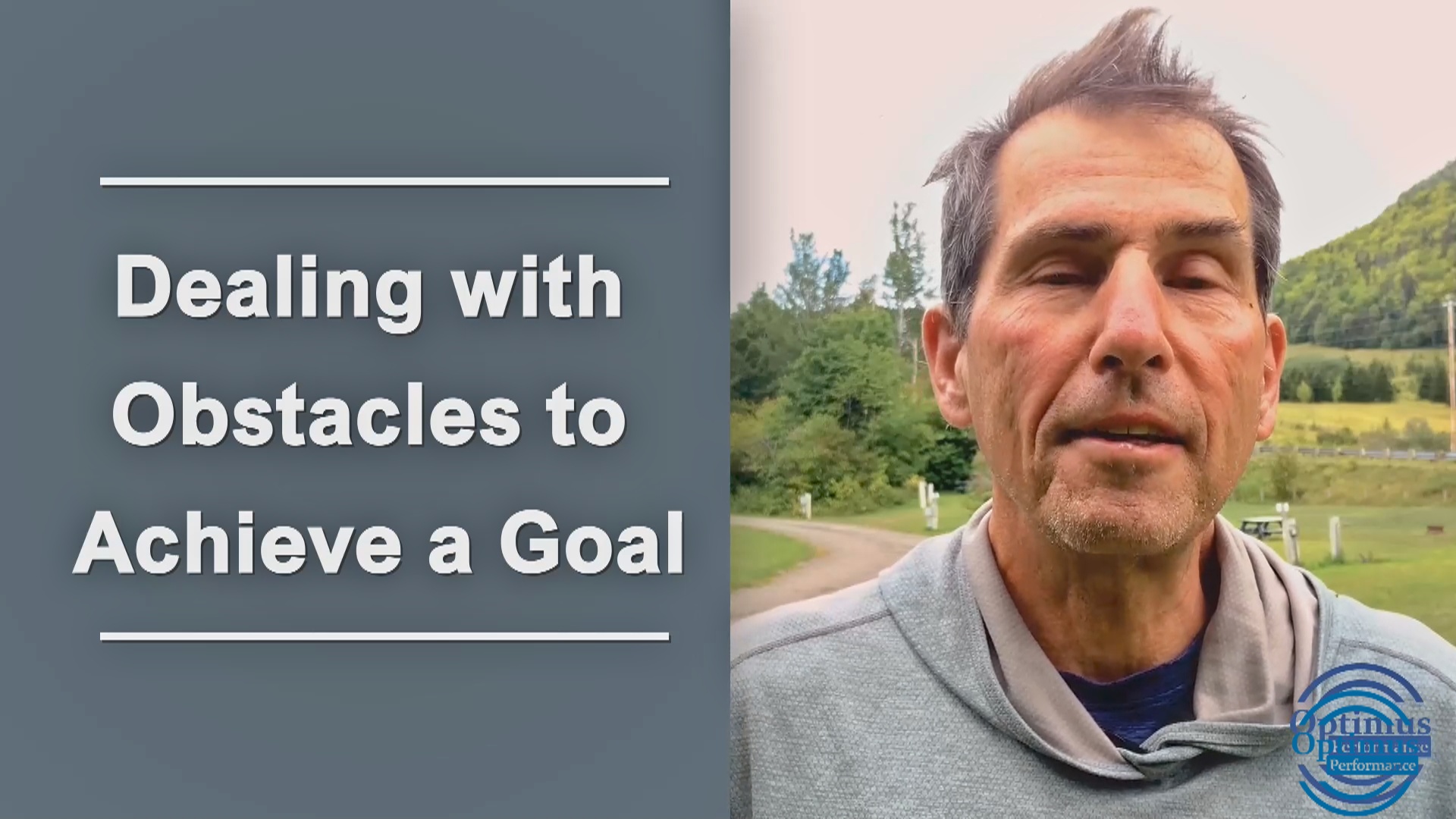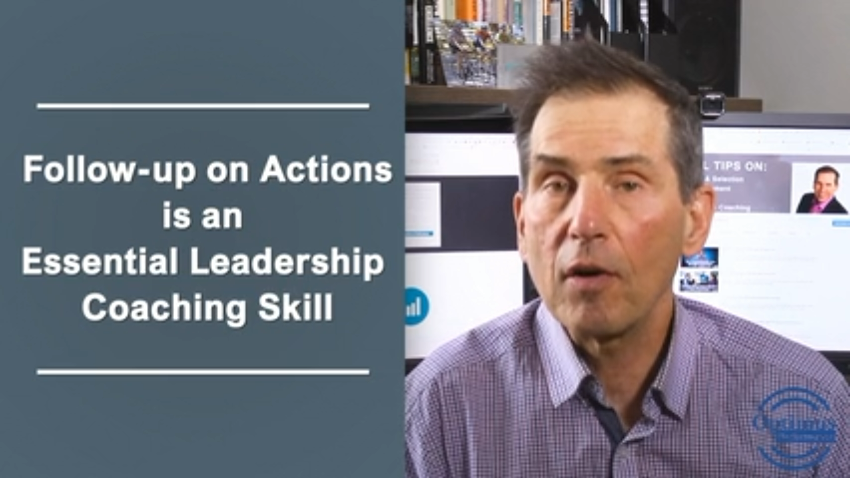Planning for obstacles that may stand in your way to achieve a goal or complete a project is essential. By not anticipating some of the major challenges that can hold you back, may be a good reason why many people quit working on their goals.
I have been on vacation and doing a lot of hiking. Sometimes there are obstacles in the way that we may not have anticipated. But by knowing the trail, your skill level and having the right equipment can make overcoming the obstacles doable.
The key section of my goal planning worksheet is obstacles and solutions. That is why it is important to write down a goal using a goal planning worksheet and completing all the sections
Once you have a clear goal and vision for what you want to accomplish you can easily brainstorm possible obstacles. After writing the obstacles you can then foresee possible solutions. It then becomes natural to turn the solutions into action steps.
One of the hikes we are undertook was quite challenging and I even took quite a tumble and twisted my ankle. But I knew that the hike was still within my skill level and I continued to complete it. I was glad I had brought a walking stick, which I rarely do, because the descent was quite steep. So, the next time you set a goal or plan a project download my goal planning worksheet and complete the whole thing including the obstacles and solutions section. You will discover how more adapt you will be towards realizing your goal or project.

